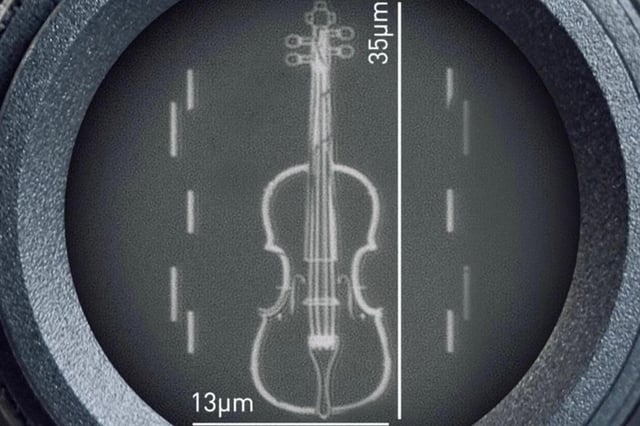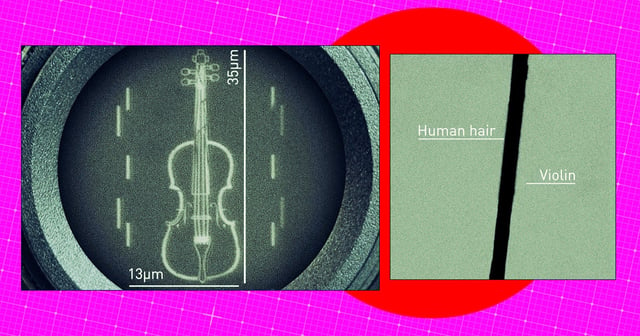Overview
- The creation took months of development to refine the fabrication sequence, with each 35-by-13-micron platinum violin etched in roughly three hours using thermal scanning probe lithography.
- The exercise validated the NanoFrazor system’s precision, enabling researchers to sculpt nanoscale patterns for experiments probing materials with light, magnetism and electricity.
- Teams are now leveraging the proven process to engineer faster, energy-efficient data storage by combining advanced materials with nanoparticles.
- Ongoing projects apply the nanolithography to build accurate test structures for quantum material studies and next-generation memory devices.
- Despite its name, the microscopic violin is an image that cannot produce sound and was created solely to showcase nanotechnology capabilities.

